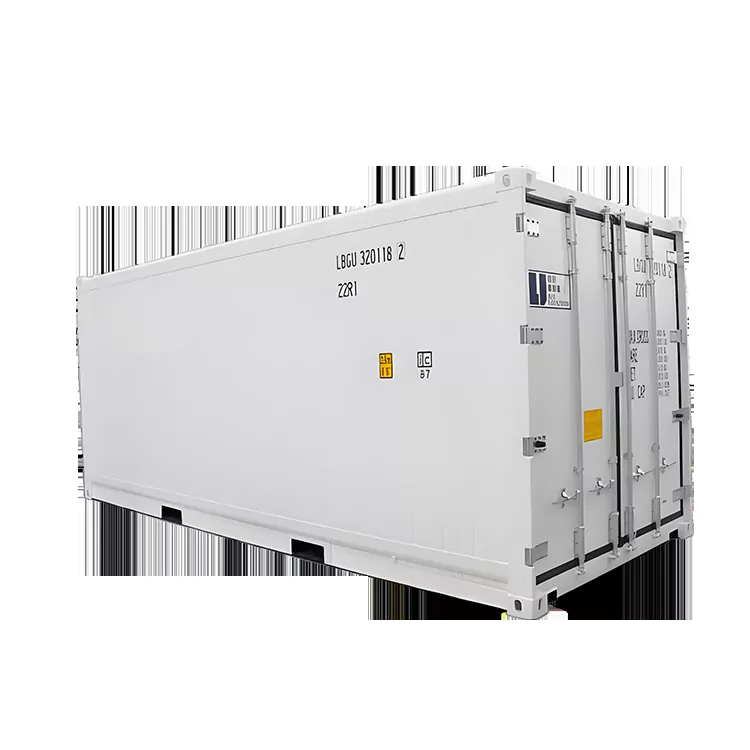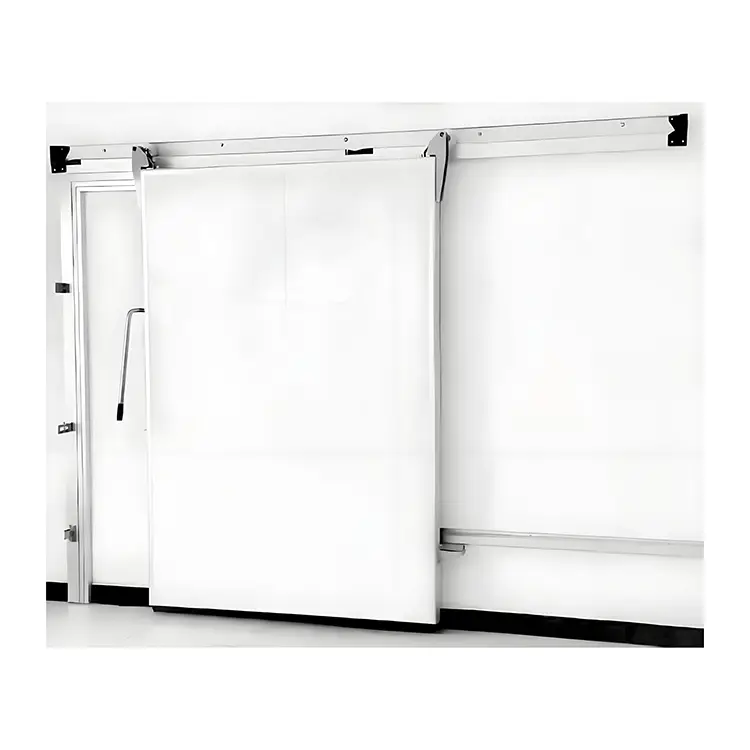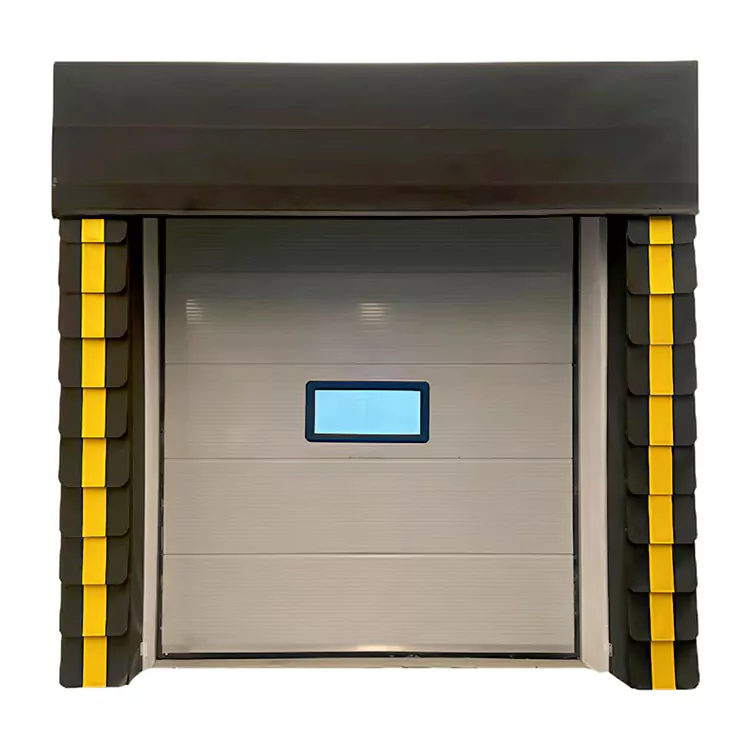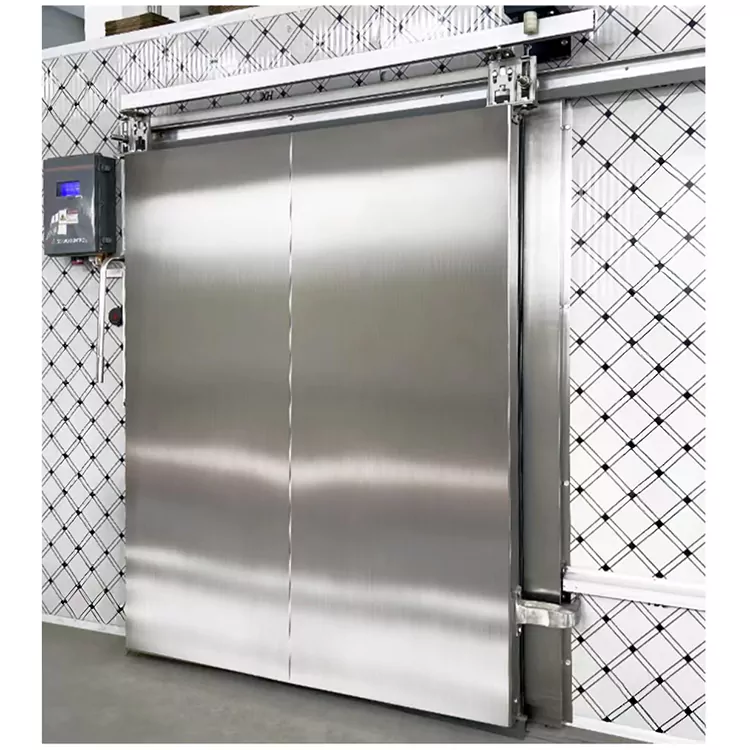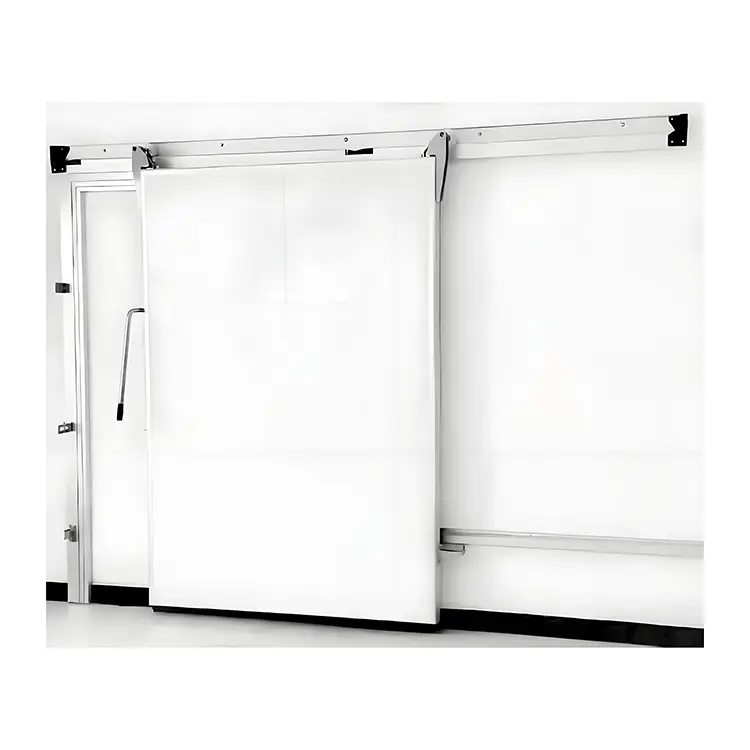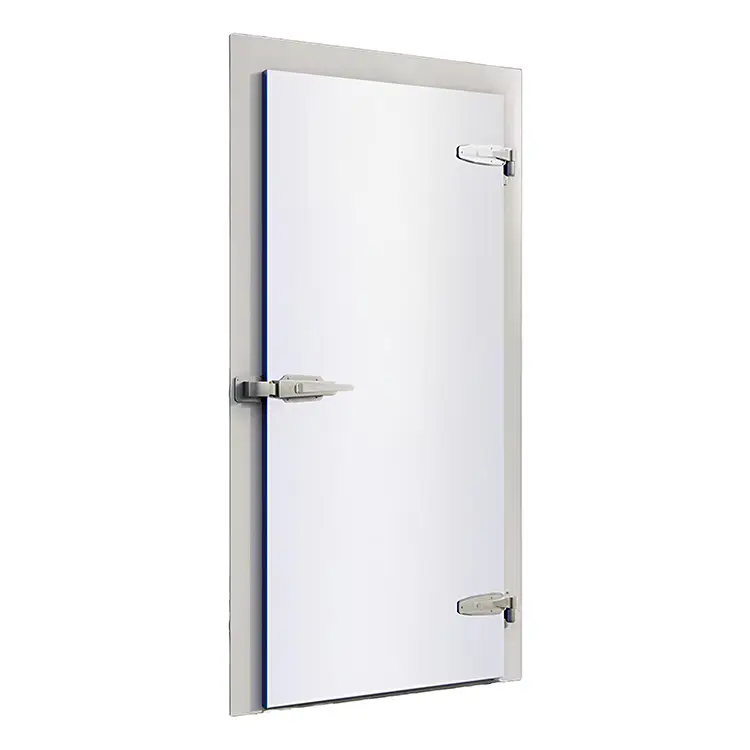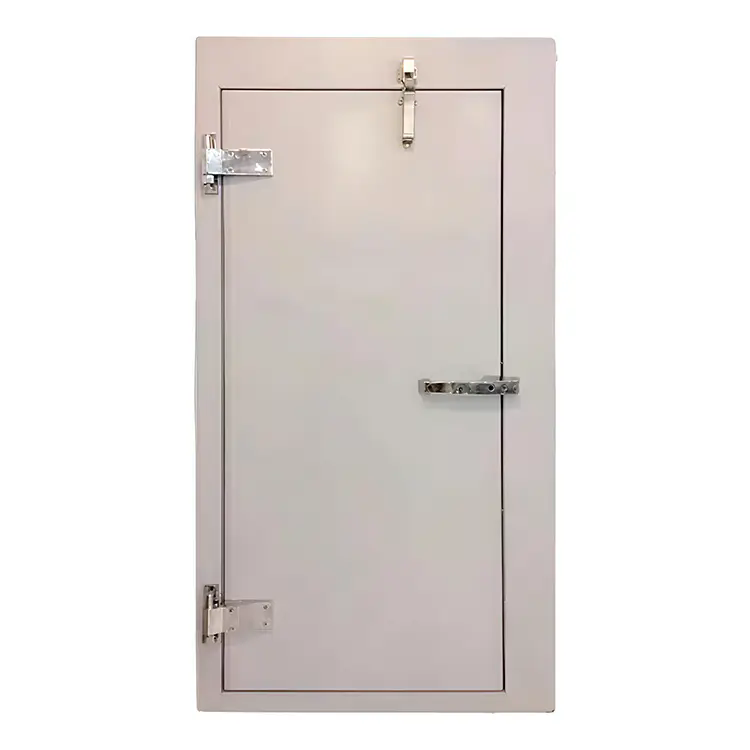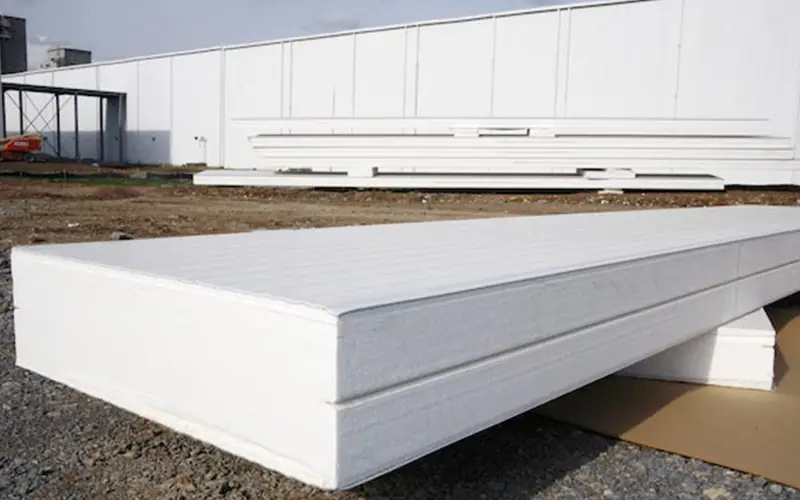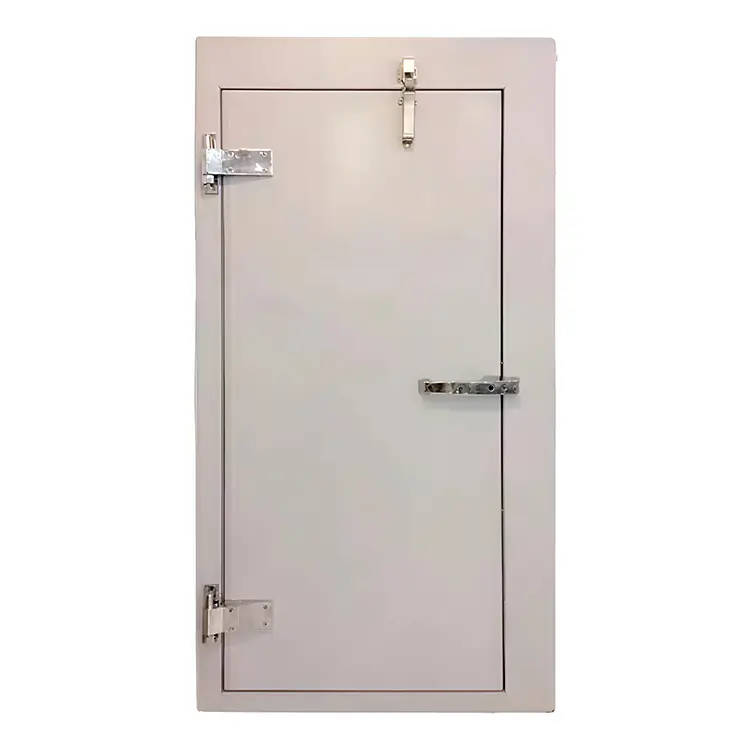What is a refrigeration unit?
Refrigeration units are the backbone of any refrigeration system. Whether for climate control, food preservation, or industrial processing, these units are engineered to create and maintain low-temperature environments across a wide range of applications.
From air conditioning in office buildings to deep-freeze storage in supermarkets and logistics centers, refrigeration units are central to comfort, safety, and productivity in modern life.
Key Applications of Refrigeration Units
Air Conditioning: Cooling and dehumidifying indoor spaces in residential, commercial, and industrial environments.
Medium-Temperature Cooling: Preserving perishable goods in supermarkets, cold rooms, and refrigerated display equipment.
Low-Temperature Cooling: Enabling long-term storage of frozen foods and sensitive industrial products in freezer compartments and deep-freeze warehouses.
Core Components of Refrigeration Units
Refrigeration units consist of several critical components that work together to achieve efficient cooling:
1. Compressors: The Heart of the System
The operation of a refrigeration unit largely depends on its compressor. These devices circulate refrigerant through the system, enabling heat transfer. Common types of compressors include:
Reciprocating Compressors: Widely used for their efficiency and reliability.
Scroll Compressors: Preferred for high-temperature applications due to their quiet and reliable performance.
Screw Compressors: Ideal for high-capacity systems, offering performance levels of several megawatts.
2. Condensers
Condensers expel heat absorbed by the refrigerant. They are typically categorized as:
Air-Cooled Condensers: Use ambient air for cooling, suitable for compact and medium-sized systems.
Water-Cooled Condensers: Employ water as a cooling medium, ideal for larger installations requiring greater efficiency.
3. Evaporators
Evaporators absorb heat from the environment, lowering the temperature within the desired area. They play a key role in both small-scale and industrial refrigeration systems.
4. Expansion Devices
These components control the refrigerant flow into the evaporator, optimizing cooling performance while maintaining system efficiency.
- What Makes a Cold Storage Door Essential for Your Refrigeration Facility?
- Why Are Fully Embedded Cold Storage Doors Transforming the Future of Temperature-Controlled Facilities?
- What Makes Rock Wool Panel a Game Changer in Modern Construction?
- How Does Cold Storage Refrigeration Equipment Improve Food Safety and Efficiency?
- How Do Evaporator Units Improve Cooling Efficiency?
- Why can't cold storage doors be opened from the inside?


